- Details
The Philippine government marks the achievements of Filipino scientists and science experts as the country celebrates this year’s National Science and Technology Week (2019 NSTW). With the Department of Science and Technology (DOST) at the lead, activities highlight how the country’s technological innovations are helping to achieve the sustainable development goals (SDGs) mandated by the United Nations.
Read more: Technological innovations help achieve UN dev’t goals, science chief says
- Details
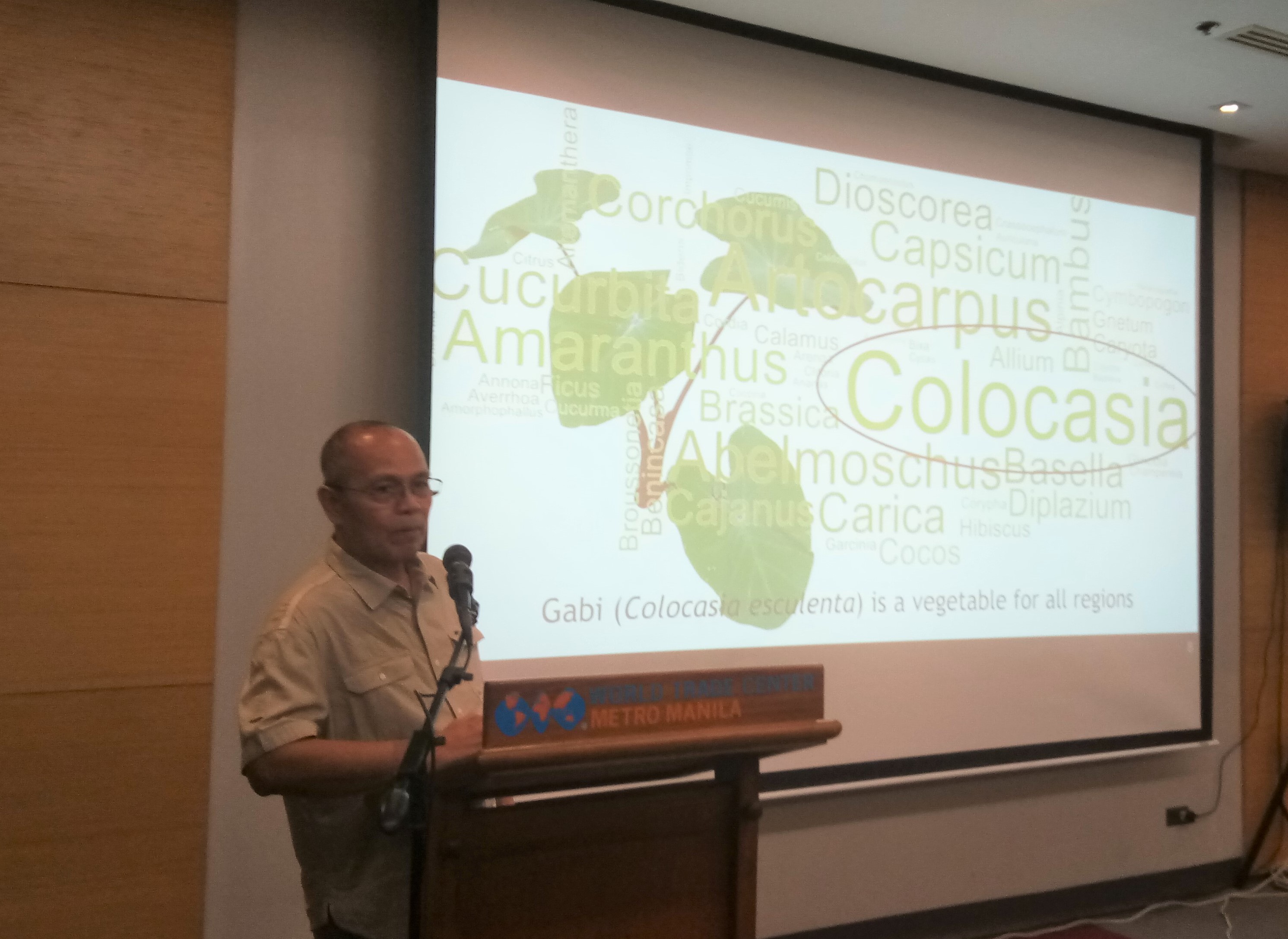
Gabi or taro is the most eaten vegetable in the Philippines, says Prof. Nestor C. Altoveros from the University of the Philippines Los Banos-Institute of Crop Science. Prof. Altoveros found this fact while visiting 14 provinces all over the country to document indigenous vegetables that Filipinos include in their everyday dishes. Their team saw that all parts of gabi or scientifically named as Colocasiaesculenta--from the roots up to its leaves--are cooked in recipes like laing or taro leaves with coconut milk, pastilas (candy), sinigang(stewed), ginataanggabi or taro root in coconut milk. According to him, a vegetable can be considered as indigenous if the plant is underutilized, low-cost, nutritious, endemic in the country or was brought in the country during the colonial period. Dr. Altoveroswas speaker in the forum “Rediscover the Philippines One Vegetable at a Time” on 19 July 2019, the third of the five-day National Science and Technology Week of the Department of Science and Technology at World Trade Center, Gil Puyat Avenue, Pasay City.
- Details
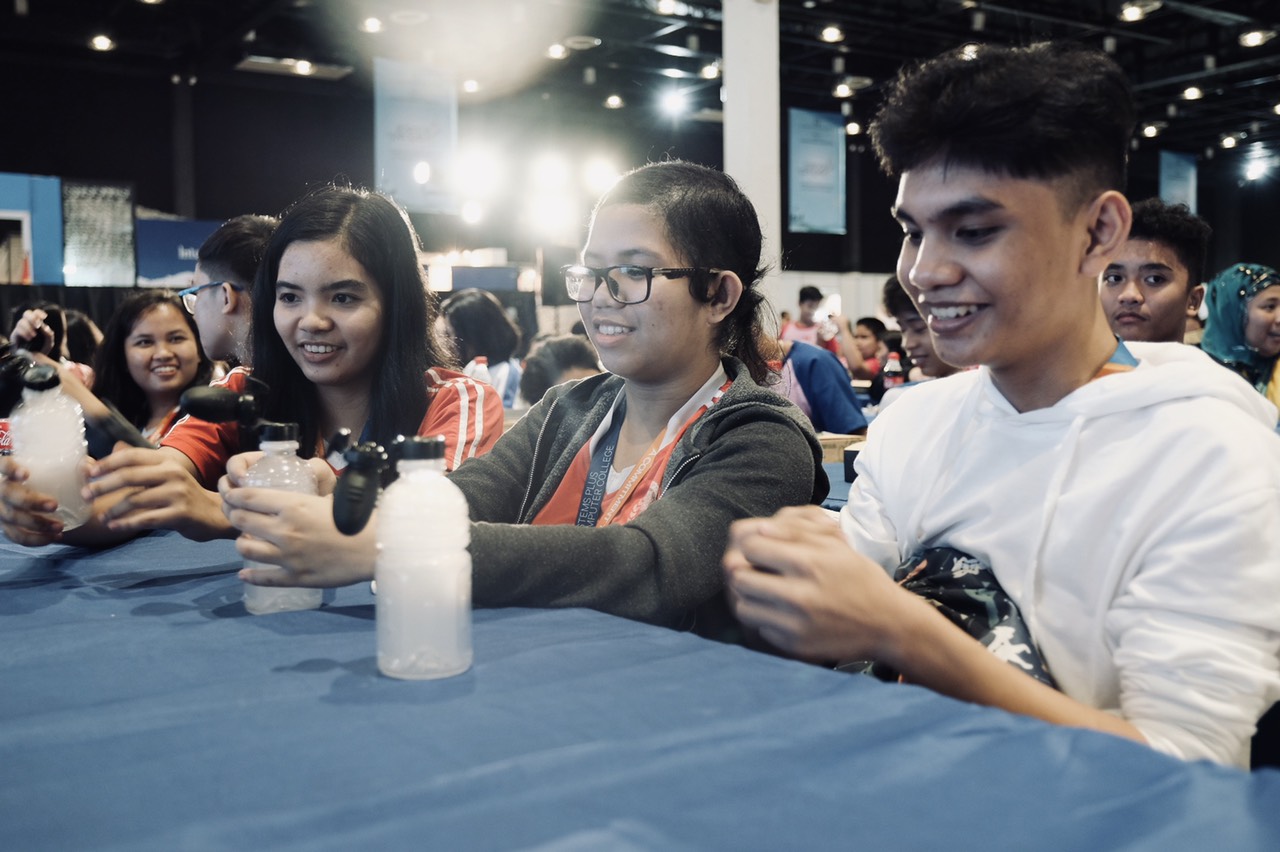 The student-participants excitedly triedthe mini experiment on how clouds are formed using a specialized plastic bottle.Bernard R. Punzalan, a meteorologist from the Department of Science and Technology-Philippine Atmospheric, Geophysical and Astronomical Services Administration (PAGASA), explained that the rubber squeeze on the bottle cap pumps air into the bottle and forces water vapor in the atmosphereto compress together inside.As soon as the
The student-participants excitedly triedthe mini experiment on how clouds are formed using a specialized plastic bottle.Bernard R. Punzalan, a meteorologist from the Department of Science and Technology-Philippine Atmospheric, Geophysical and Astronomical Services Administration (PAGASA), explained that the rubber squeeze on the bottle cap pumps air into the bottle and forces water vapor in the atmosphereto compress together inside.As soon as the

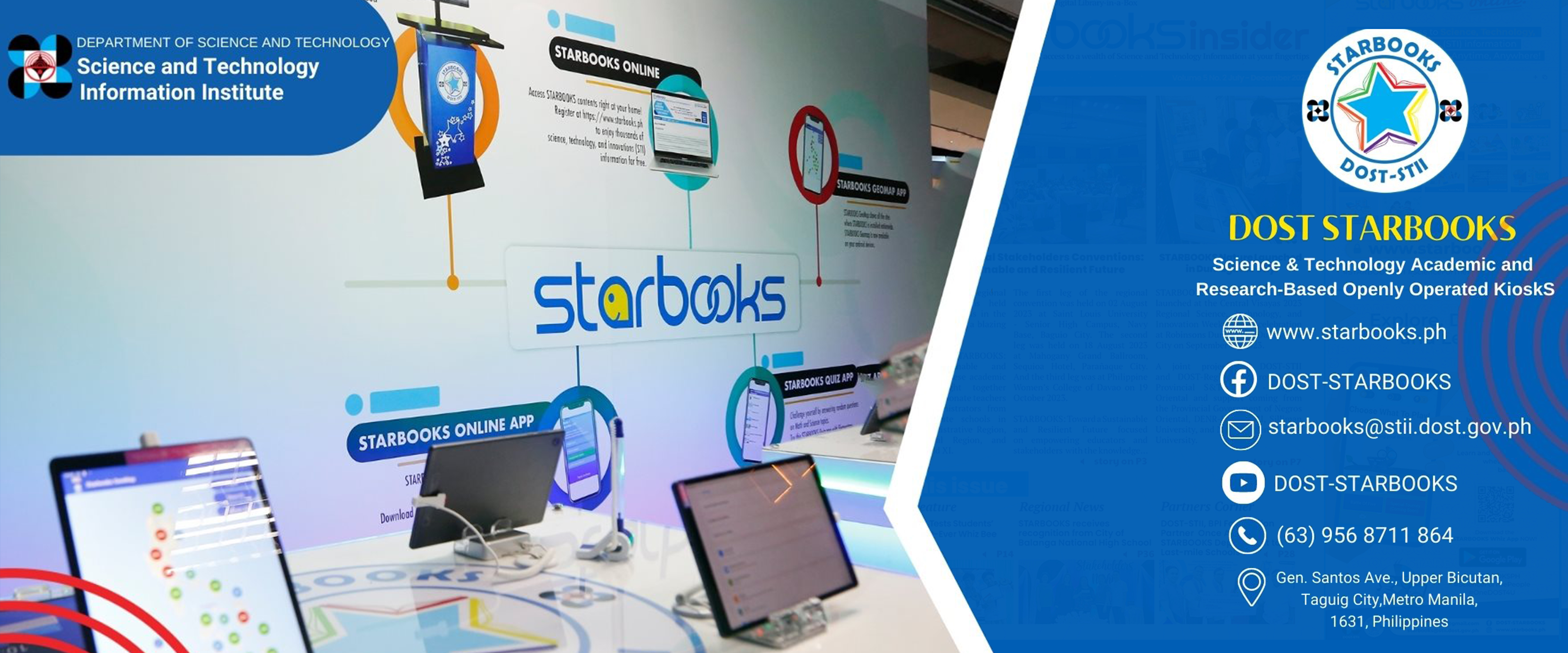
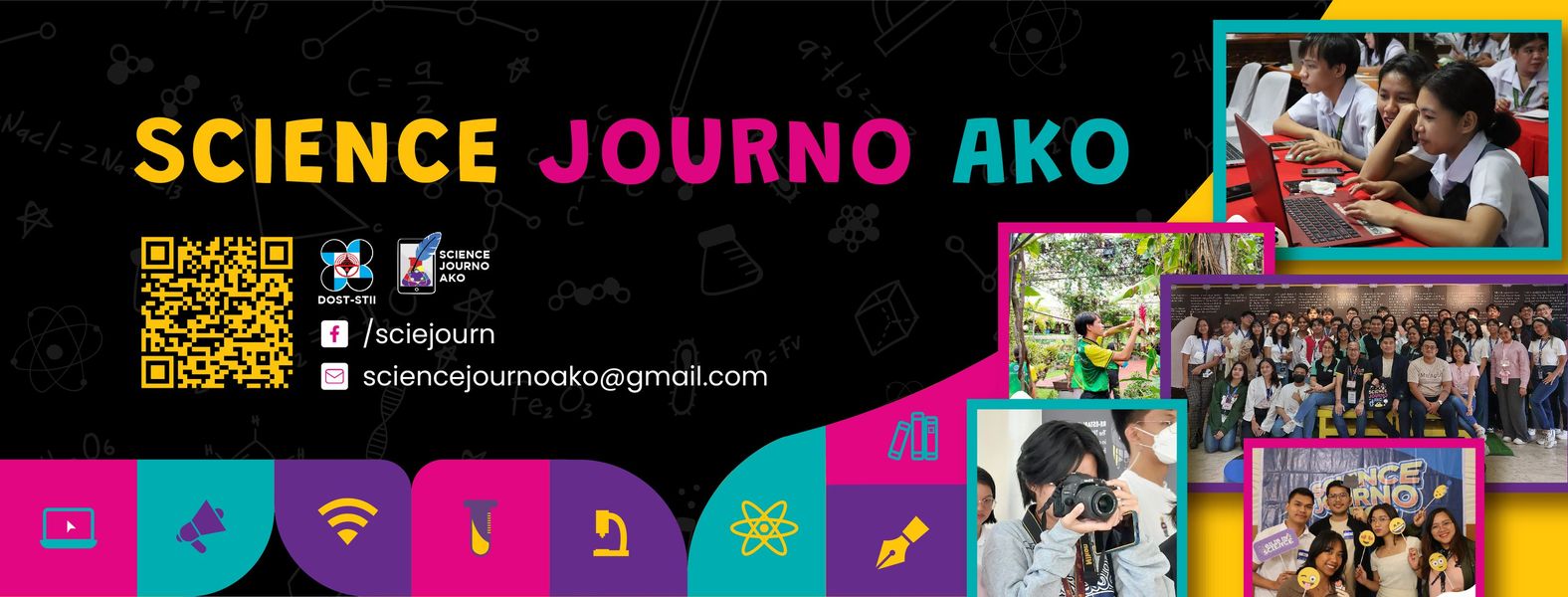
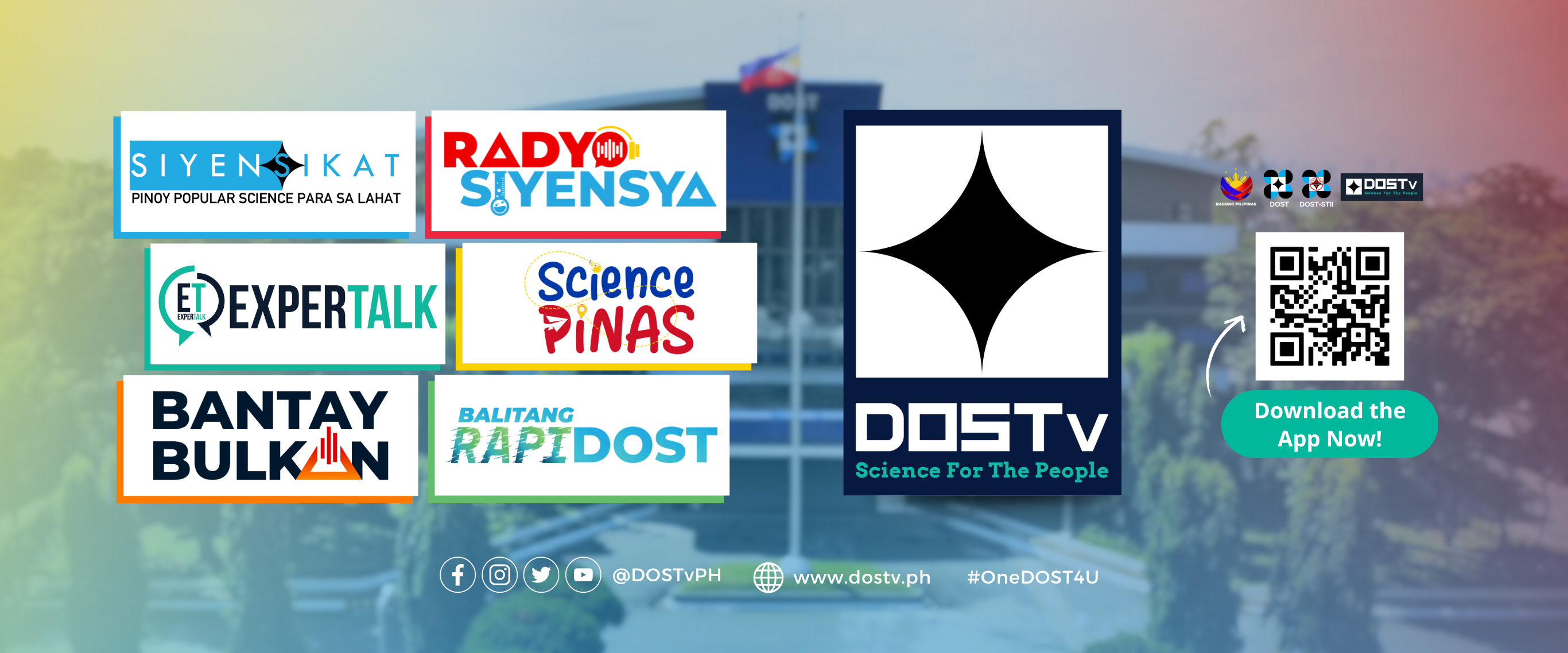

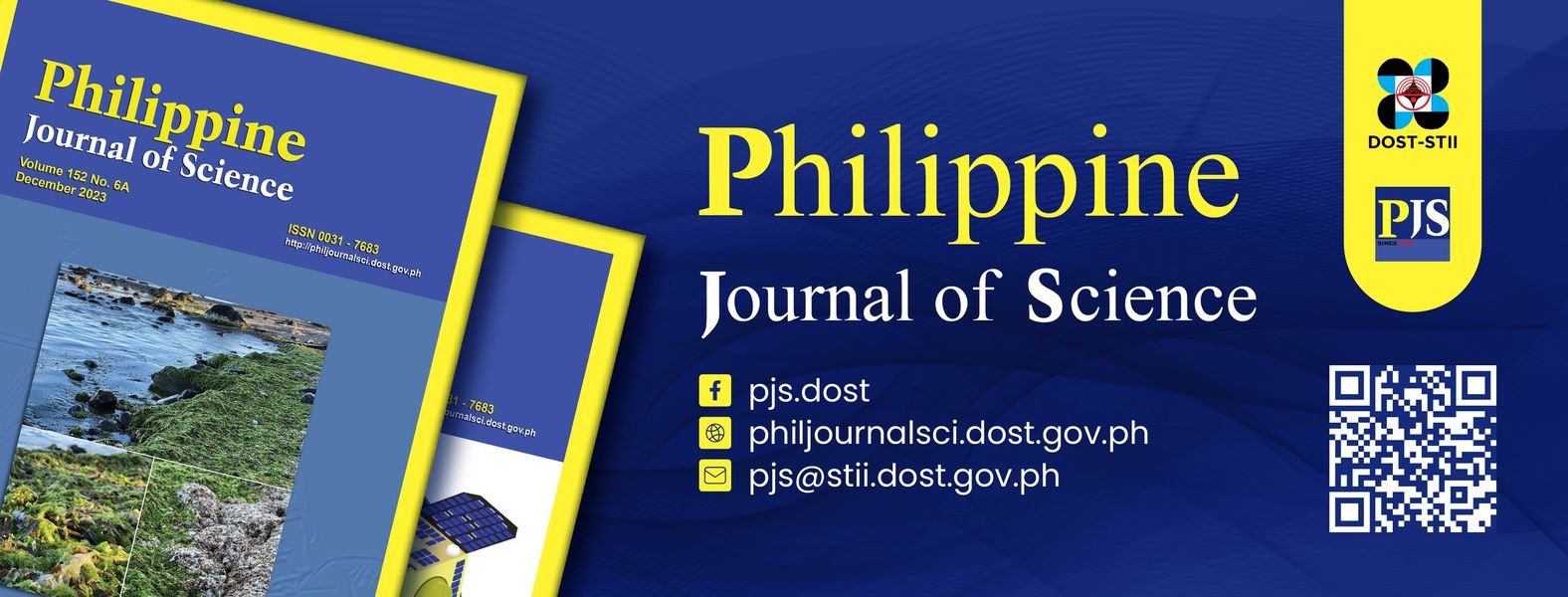




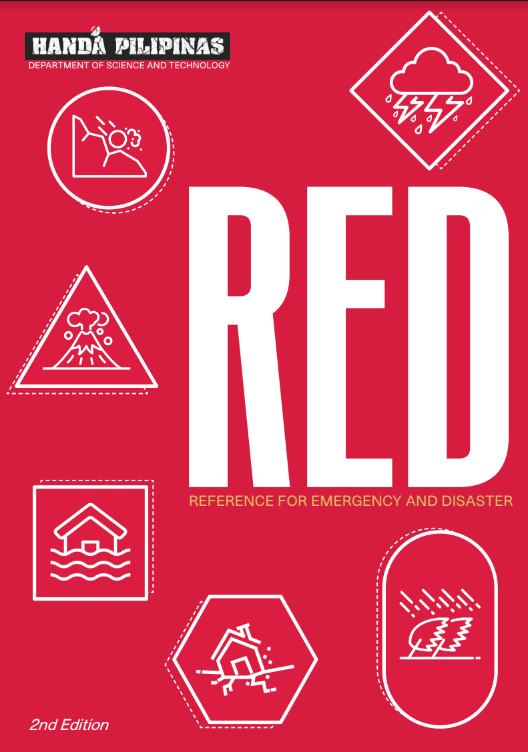





 21 in 2021 Technology Catalogue
21 in 2021 Technology Catalogue 21 in 2021 Technology Catalogue
21 in 2021 Technology Catalogue DOST Innovations - Web and Mobile Applications for Disaster Risk Reduction and Management
DOST Innovations - Web and Mobile Applications for Disaster Risk Reduction and Management